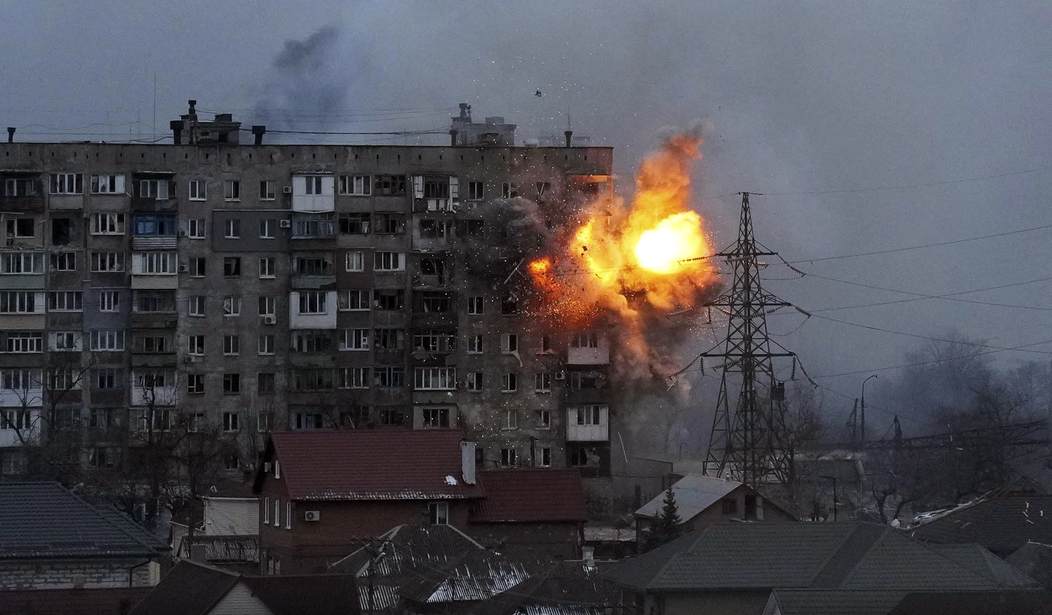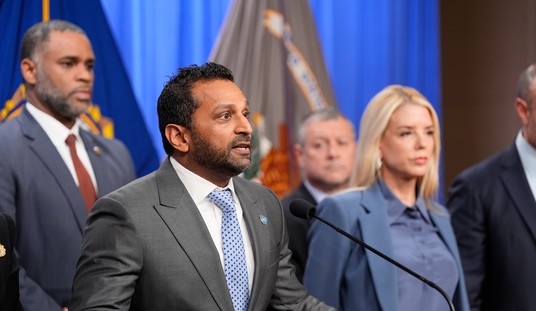Diversity is a great concept for the American fighting force. One reason the U.S. has risen to such a dominant place in the world is because we try to empower all people, regardless of race or gender. That unlocks an amazing amount of creativity, strength, and entrepreneurial spirit. Countries that discriminate against women or minorities simply lose out on all their potential contributions, economically, socially, and militarily.
However, “diversity” in military equipment, rather than in military personnel, can pose a problem.
Just look at the offer to send Russian MIG-29 fighter jets to Ukraine forces that was criticized because, according to the AP, because “the number of aircraft is relatively small” and “the MiG-29s also are inferior to more sophisticated Russian aircraft and could be easy prey for Russian pilots and missiles.” Other reports indicate that the Ukrainian forces were not trained in this type of Russian aircraft. Furthermore, it would be tough to maintain these aircraft with a need for Russian spare parts.
If a country employs many different types of weapon systems, it must provide more training, it must supply more spare parts, and it runs the risk of confusion arising at the most dangerous moment: in the heat of a fight.
Let’s consider one especially crucial piece of equipment: aerial refueling tankers.
Tankers don’t get a ton of attention. They aren’t sleek and powerful, like fighters. They aren’t delivering ordinance over long distances, like bombers. However, they are the backbone of our Air Force because they help keep those high-profile jets in the air during a mission. The Pentagon is in the process of upgrading its tanker fleet, ahead of a planned move to the “next generation” tanker in a decade or so.
The tanker of choice for today is the KC-46 Pegasus, and it is already in the air and doing the job. More are going to roll off a dedicated American assembly line soon. They will allow us to maintain aerial dominance until the newest design is contracted, built, tested and ready. “The Air Force has spent $1.6 billion flight-testing Pegasus, and it is now certified to refuel the vast majority of combat aircraft in the joint fleet,” military analyst Loren Thompson wrote in Forbes.
Recommended
There is one other potential design for the current “bridge” tanker, and it is generating some buzz with some in the Pentagon. This plane would be built by the European company Airbus and would be partially assembled on a line in the United States. That would, of course, add “diversity” to the fleet. But Thompson, who follows military acquisition, lists four reasons this would be a bad idea: the Airbus version is much larger, flying different types of aircraft increases costs, the Airbus jet would need expensive upgrades, and it is not certified for military use.
Any one of these reasons is enough to reject the Airbus bid. But let’s take a bit of a closer look at them.
A bigger tanker may seem better, as it can theoretically carry a larger payload. However, the Air Force operates in many places with short runways. Moving planes around on the ground in these areas is already difficult, and a bunch or larger tankers would make those logistics even more challenging. Also, larger planes burn more fuel themselves, making them more expensive to operate. That is a real concern these days.
Having different models of aircraft means having to train people to fly them, repair them, and stock spare parts for them. Again, it is possible to do all these things, but they would make the new plane even more expensive to own and operate. With a single design, people and planes can move around more easily to get where they are needed.
Before the KC-46 was approved, Thompson notes it had to be tooled to comply with more than 700 distinct requirements. That is one reason the process took so long and cost so much. Any new tanker design would be starting from zero and would, presumably, need to meet similar requirements.
Finally, the new design would need to be approved to operate in the U.S. by the civilian Federal Aviation Administration, as well as an Air Force military regulatory panel. Thompson concludes: “This will require hundreds of millions of dollars and several years to accomplish, generating costs that additional KC-46 tankers would not incur.”
The American military is perhaps the best integrated part of our society. That is a plus. But it needs to simplify its hardware requirements, not add new hurdles to an already complicated process. The Pentagon should move forward with the KC-46 and let our European partners experiment with the Airbus design if they choose to.

























Join the conversation as a VIP Member